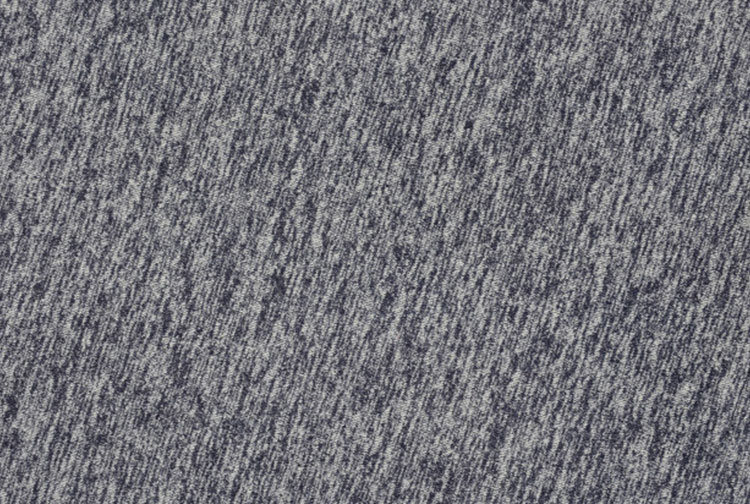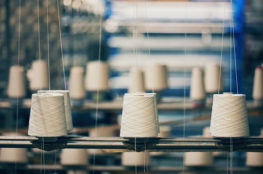The world of fashion never stands still and in this period of time practicality and comfort are the watchwords for those
dealing with clothing. To meet this need, we have expanded our catalogue to include a huge selection of jersey material.
There are 137 to choose from - Just click here. Thanks to the elasticity that distinguishes this particular manufacturing
process, jersey is the perfect material from which to make jackets or trousers of impeccable style and unparalleled comfort
Jersey is not a fabric!
But what exactly are we talking about when we use the term jersey? First of all we need to clarify that jersey is not a
fabric, but is, in fact, a jersey! What's the difference? While fabrics are produced with a warp and weft loom, jersey is
made in a stockinette stitch using circular machines of high precision. Thanks to this type of processing (where the
thread is intertwined using crochet hooks, knitting needles or special machinery to form loops and then aligned with
others to create rows of material), a shaven, honeycomb-like cloth is obtained. This is elastic both in length and in width.
Usually jersey is produced from viscose, cotton or wool, although it is a process that can be used on all wearable fibres.
Why is it called jersey?
The origin of jersey is to be found in 19th century Britain. Fishermen who lived on the island of Jersey in the English
Channel developed this processing technique. They created work clothes that were warm, soft and, because they were
very elastic, comfortable to wear. Jersey's entry into the world of high fashion, however, was late; it was between the ist
and 2nd world wars when Coco Chanel first enhanced the female form by using jersey. lt was the extreme elasticity of
jersey which first attracted Chanel. This property enabled her to launch her styles of women's fashion based on the
wearability and comfort of garments . . . "in which women can live, breathe, feel comfortable and still remain young at
heart ,” she explained.
The unique characteristics of jersey.
As we have seen previously, jersey is always elastic and will adapt to any type of yarn, and in fact this quality can be
enhanced by inserting Elastane threads. This makes jersey particularly suitable for the production of sportswear,
workwear and other products which require a close fit to the body. Its weight can also vary, depending on the fineness
of the yarns chosen. This means that jersey is easily adaptable to different needs. Furthermore, if it is produced using
special techniques jersey can become what is termed warp-knit. In this case, even if the fabric is punctured or torn, the
hole does not tend to widen and unravel, allowing for a quick repair of the garment.
A process for all fibres
Going a little more into detail we can divide the various types of jersey into four large families.
Cotton jersey, particularly suitable for light garments, has a matt, soft and elastic appearance.
Wool jersey is very similar to cotton but is preferable when you want to give warmth to your creations, making it ideal
for cardigans, winter dresses, sweatshirts and baby clothes.
Viscose jersey, on the other hand, is more appreciated by female tailoring because it is shiny, drapes well, has a very
elegant fit and gives a pleasant feeling of silkiness to the touch.
Finally, polyester and polyamide jersey. This family has bright colours and higher percentages of Elastane are usually
used to make everything even more elastic.
The various types of jersey processing.
Jersey is special not only because of the materials used, but also because of the type of manufacturing process.
Single jersey or tricot is one such type. Here the fabric is knitted in a single layer and has a front and a back.
Double or Romanit jersey, is more robust than single jersey. It is elastic only in width because it is knitted in two layers
and therefore on each side has only straight or reverse stitches.
Interlock jersey is also stronger than single jersey and has edges that don't tend to roll up. To manufacture Interlock
jersey a double-face knitting technique is used, with thick and thin stitches positioned straight on both sides. This creates
a very compact-looking fabric.
The same type of double-face knitting is also used for the production of jacquard jersey, where the designs, or reliefs,
called jacquards, are created thanks to particular weaving techniques. This type of fabric is less elastic than the others
because it is knotted.
Finally the term stretch with regard to jersey means that to provide maximum elasticity, variable percentages of Elastane used in its manufacture.




